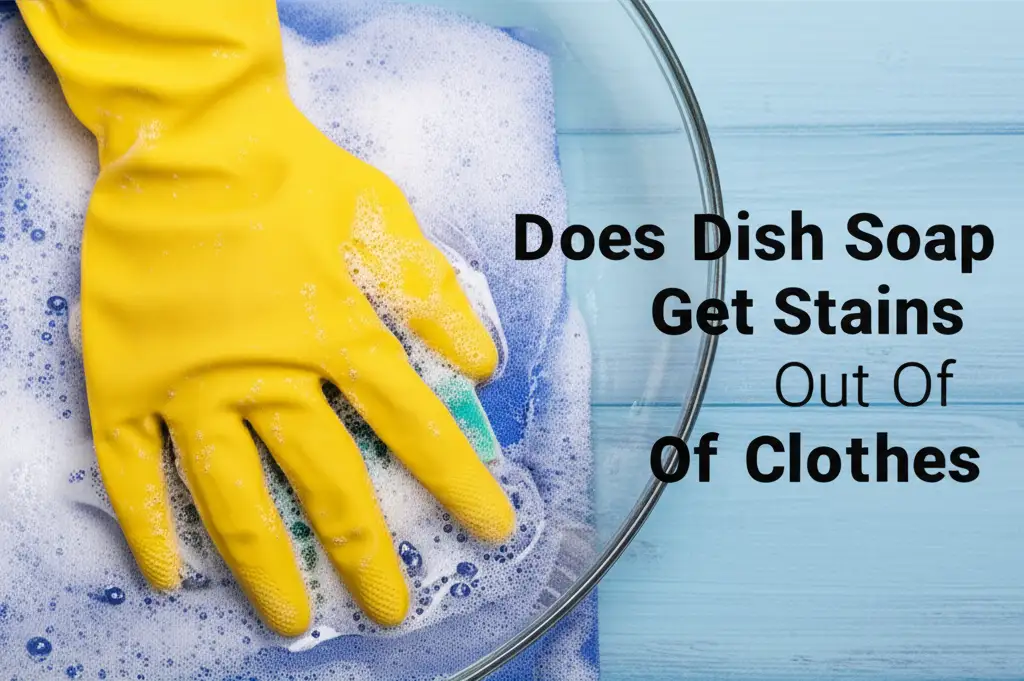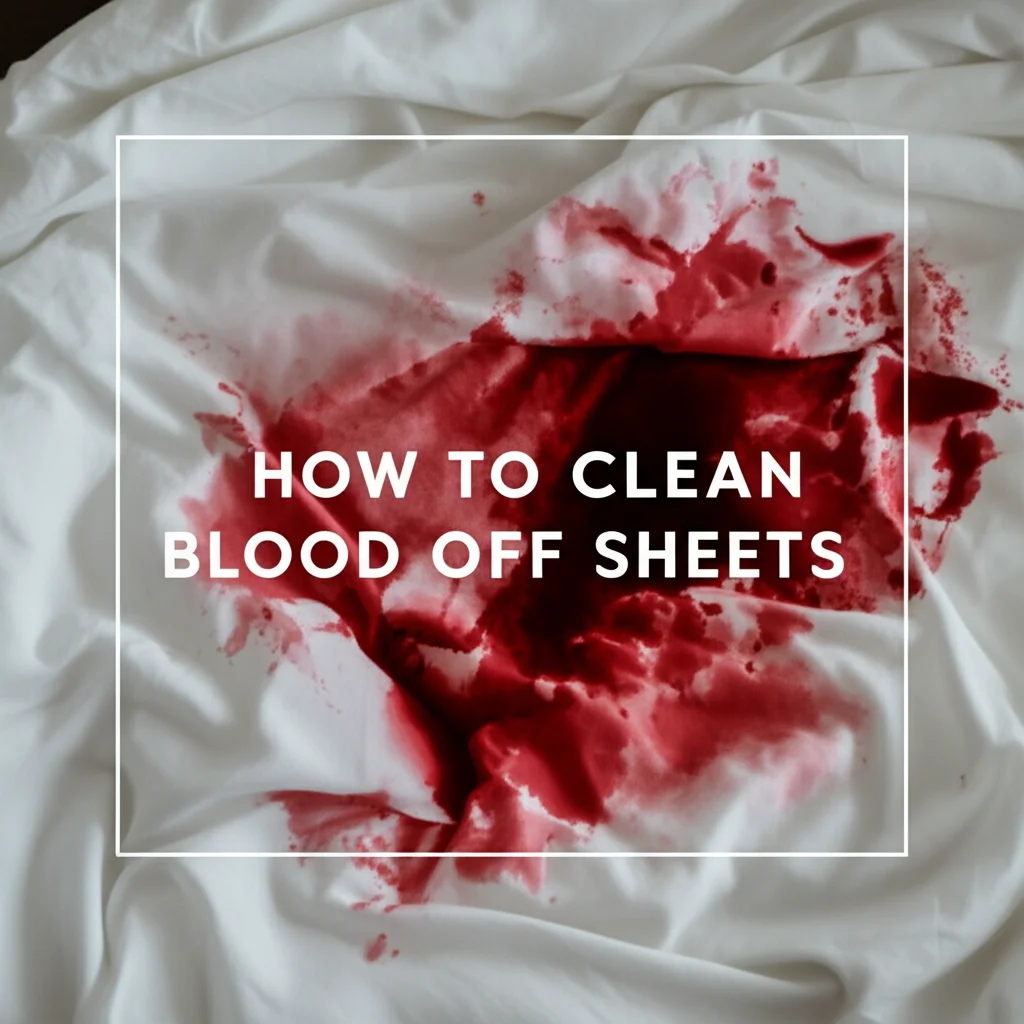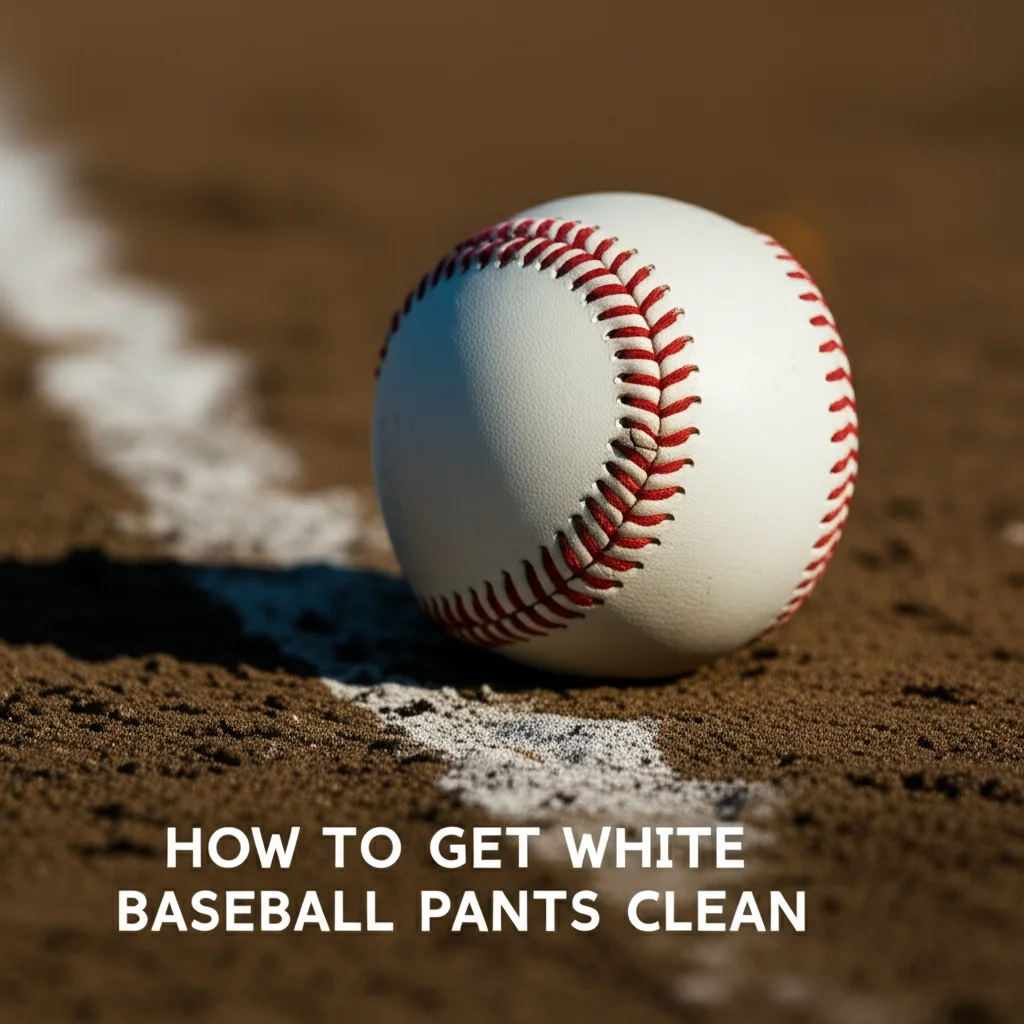· Kianna Connelly · Laundry & Stain Removal · 19 min read
Does Dish Soap Get Stains Out Of Clothes

Does Dish Soap Get Stains Out Of Clothes Effectively?
Imagine you are enjoying a meal, and suddenly, a dollop of grease lands right on your favorite shirt. Your first thought might be to reach for the laundry detergent. But what if you are out, or the stain feels particularly stubborn? Many people then consider dish soap. The question “Does dish soap get stains out of clothes?” is common. It is a practical query for quick fixes.
Dish soap sits in many kitchens. It is known for cutting through grease on dishes. This article explores dish soap’s ability to tackle clothing stains. We will look at when it works best. We will also discuss how to use it safely. You will learn about its limitations. We cover its science, proper application methods, and what mistakes to avoid. My aim is to give you a clear guide for your laundry challenges.
Takeaway
- Dish soap effectively removes grease and oil-based stains from clothes.
- Always perform a patch test on an inconspicuous area first.
- Use a small amount of dish soap and rinse thoroughly to avoid residue.
- Avoid using dish soap in the washing machine due to excessive suds.
- For non-greasy stains or full loads, a dedicated laundry detergent is better.
Yes, dish soap can get stains out of clothes, especially those caused by grease, oil, and certain food spills. Its powerful degreasing agents break down fatty residues. Use it as a targeted spot treatment, not as a general laundry detergent. Always test a small area first to prevent damage or discoloration.
The Science Behind Dish Soap’s Stain-Fighting Power
Dish soap offers specific properties that make it useful for stain removal. It is not just ordinary soap. It contains active ingredients designed to break down fats. This is why it works well on oily messes.
Dish soap works due to its unique chemical makeup. It contains surfactants. These molecules have two parts. One part attracts water. The other part attracts oil and grease. This dual action allows surfactants to surround oil droplets. They lift the oil away from surfaces.
How Surfactants Work on Fabric Stains
When you apply dish soap to a stain, the surfactants get to work. They penetrate the fabric fibers. Then, they bind to the oily or greasy particles. This action emulsifies the oil. Emulsification means the oil breaks into tiny droplets. These droplets mix with water.
Once emulsified, the oil becomes easier to rinse away. This is crucial for successful stain removal. Without surfactants, oil and water would separate. The oil stain would remain stuck to the fabric. This process makes dish soap effective for greasy food spills. It also helps with motor oil marks.
Degreasing Agents in Dish Soap
Many dish soaps also include powerful degreasing agents. These are specialized chemicals. They enhance the soap’s ability to dissolve fats. These agents are formulated for cutting through tough grease on dishes. This strength translates to clothing stains.
The combination of surfactants and degreasing agents provides a strong cleaning solution. It targets the very nature of greasy stains. This is why dish soap is often a first choice for oil-based spots. It has a focused power. It breaks down what ordinary detergents might struggle with. You can read more about how to remove residues if you accidentally get dish soap stains out of clothes after treatment.
When Does Dish Soap Excel at Removing Stains?
Dish soap is a specialized cleaner. It is not a general laundry detergent. Its strengths lie in specific types of stains. Knowing these types helps you use it wisely.
Dish soap truly shines on grease and oil-based stains. Think about butter, cooking oil, or salad dressing. These stains are essentially fats. Dish soap’s degreasing power directly targets them. It breaks down the fatty compounds. This makes them easier to lift from fabric.
Grease and Oil Stains
This category is where dish soap performs best. Cooking grease splatters are a classic example. Motor oil from a car can also leave tough stains. Even oily food, like pizza grease, responds well. The surfactants in dish soap latch onto these oily molecules. They suspend them in water.
I have personally used a tiny drop of dish soap on a fresh grease stain. The results are often surprising. The stain begins to dissolve almost immediately. This method works well for small, localized grease spots. It is a go-to for those accidental kitchen mishaps.
Food Stains (Certain Types)
Not all food stains are equal. Dish soap is effective on food stains with a high oil or fat content. Examples include:
- Butter or margarine: Pure fat, very responsive to dish soap.
- Chocolate: Often contains cocoa butter, which is a fat.
- Mayo or creamy sauces: High in oil content.
- Lipstick: Contains oils and waxes.
For these types of stains, a quick application can prevent them from setting. Act fast for the best results. The sooner you treat the stain, the better. This limits the stain’s ability to bond with the fabric fibers.
Makeup Stains
Many makeup products are oil-based. Foundation, concealer, and some lipsticks contain oils. Dish soap can be quite effective on these. It helps break down the oily components. This allows the pigment to be rinsed away.
It is important to be gentle with makeup stains. Rubbing too hard can spread the pigment. It can also damage delicate fabric. A light application and gentle blot are usually best. Dish soap provides a powerful punch without needing harsh scrubbing. Sometimes, other methods are better for specific stains like how to clean sweat stains from clothes.
Important Considerations Before Using Dish Soap on Clothes
While dish soap is effective, it is not a magic bullet. You must consider several factors before applying it to your clothing. Misuse can lead to more problems than solutions. Proper care protects your garments.
First, always remember that dish soap is highly concentrated. It produces a lot of suds. This is excellent for washing dishes. However, it is not ideal for laundry. Too many suds can be hard to rinse out. They can leave residue on your clothes. This residue might attract more dirt later.
Fabric Type and Delicacy
The type of fabric matters greatly. Dish soap is generally safe for durable fabrics like cotton and denim. However, some delicate materials react differently. Silk, wool, and rayon require more careful handling. These fabrics can be damaged by harsh chemicals. They can also lose their shape or texture.
- Silk and Wool: These are protein fibers. Strong degreasers can strip their natural oils. This makes them dry and brittle. They may shrink or become discolored.
- Synthetics (Polyester, Nylon): Generally more robust. They can handle dish soap. Still, excessive scrubbing or strong solutions might damage them over time.
- Delicate Embellishments: Be cautious around lace, beads, or embroidery. Dish soap might affect their dyes or materials.
Always read the care label on your garment. If it says “dry clean only,” avoid using dish soap or any water-based treatment. This is a crucial step for preventing irreversible damage.
Colorfastness Testing
This step is non-negotiable. Before applying dish soap to a visible stain, test it. Choose an inconspicuous area of the garment. This could be an inside seam or the hem. Apply a tiny drop of diluted dish soap. Gently rub it in with a cotton swab. Let it sit for a few minutes.
Then, blot the area with a clean white cloth. Check the cloth for any color transfer. Also, examine the tested fabric for changes. Look for fading or discoloration. If the color transfers or the fabric changes, do not use dish soap on that item. This test prevents potential ruin of your clothes.
Rinsing Thoroughly
Proper rinsing is critical after using dish soap. If dish soap residue remains, it can cause problems. It might leave a dull film or even stiffness on the fabric. Over time, it can also attract dirt. This makes the “clean” spot dirtier than before.
Rinse the treated area with cool water. Keep rinsing until no suds appear. Press the fabric to squeeze out water. Repeat the rinsing process if needed. For larger areas, you might need to rinse under running water for a longer time. Be careful with using dish soap in a washing machine, as excessive suds can cause problems. This can be explained further by understanding can you use dish soap in washing machine and how much dish soap can I use in the washing machine for more insight.
A Step-by-Step Guide to Using Dish Soap for Spot Treatment
When a greasy stain appears, acting quickly is key. Dish soap is an excellent immediate solution. Follow these steps carefully for the best results. This method targets the stain without damaging the rest of your garment.
First, identify the stain type. Dish soap works best on oil and grease. If it is a berry stain, for instance, dish soap might not be the best option. Knowing the stain helps you choose the right treatment. This ensures your efforts are effective.
Preparation and Pre-Treatment
- Blot, do not rub: As soon as the stain happens, grab a clean paper towel or cloth. Gently blot the excess oil or grease. Do not rub, as this pushes the stain deeper into the fabric. Blotting lifts the loose material.
- Turn the garment inside out (if possible): For very fresh stains, this can help. It allows you to push the stain out from the back.
- Gather your supplies: You will need a mild dish soap (clear or colorless is best to avoid dye transfer), a soft brush (like an old toothbrush), a clean cloth, and cool water. Avoid dish soaps with strong dyes.
- Perform a patch test: This step is crucial. Find an hidden area of the garment. Apply a tiny amount of diluted dish soap. Wait a few minutes. Check for discoloration or damage. If the fabric changes, do not proceed with dish soap.
Application of Dish Soap
- Apply a tiny amount: Place a very small drop of dish soap directly onto the stain. For a dime-sized stain, a pea-sized drop is sufficient. More is not better; it just creates more suds and residue.
- Work it into the stain: Gently rub the dish soap into the stain using your finger or a soft brush. Work from the outside of the stain inwards. This prevents spreading the stain. Create a very light lather.
- Let it sit: Allow the dish soap to sit on the stain for 5-10 minutes. For older or tougher stains, you can let it sit for 15-30 minutes. This gives the surfactants time to break down the grease.
Rinsing and Washing
- Rinse the treated area: Rinse the stained area thoroughly under cool running water. Start from the back of the fabric, pushing the stain out. Keep rinsing until no more suds appear. It is essential to remove all soap residue.
- Check the stain: After rinsing, check the garment. If the stain is gone, proceed to wash the item. If it is still visible, repeat the dish soap application. Sometimes, a second round is necessary for stubborn spots.
- Wash the garment: Once the stain is gone, wash the garment as usual. Use your regular laundry detergent. Follow the fabric care instructions. Use cold or warm water, depending on the garment.
- Air dry: Do not put the garment in a dryer until you are certain the stain is completely gone. Heat from a dryer can set any remaining stain. This makes it much harder, or impossible, to remove later. Always air dry first to confirm success. You can also learn how to use dish soap in washing machine if you’re curious about different applications.
Dish Soap in the Washing Machine: Is It a Good Idea?
The thought of using dish soap in the washing machine might cross your mind. After all, it cleans dishes so well. It seems logical that it could clean clothes. However, this is generally not a good idea. Laundry detergents and dish soaps are formulated for different tasks.
Washing machines are designed for low-sudsing laundry detergents. These detergents clean clothes effectively without creating excessive foam. Dish soap, on the other hand, is a high-sudsing product. It is meant to create a lot of bubbles. These bubbles help lift food particles from dishes.
The Problem with Excessive Suds
Using dish soap in a washing machine creates an overwhelming amount of suds. This is the main reason to avoid it. Here are the issues that arise:
- Oversudsing: The machine can fill with foam. This foam often overflows. It can spill onto your floor. This creates a messy cleanup. It can also cause a slip hazard.
- Machine Damage: Excessive suds can cause problems for your washing machine. The suds can clog the drain pump. They can also block sensors. This can lead to error codes or even machine breakdown. It might require costly repairs.
- Ineffective Rinsing: Laundry machines cannot properly rinse away large amounts of suds. Clothes come out feeling stiff or sticky. They will have a soapy residue. This residue can attract more dirt later. It can also irritate sensitive skin.
- Residue on Clothes: Even if the suds do not overflow, residue often remains. This can leave streaks or a film on your clothes. Over time, it can make white clothes look dingy. It can also fade colors.
When a Tiny Amount Might Be Considered (with Caution)
In extremely rare cases, for a single, heavily greased item, some people might consider a tiny drop of dish soap. I mean a single drop. Even then, it is highly risky.
- Only for extreme grease: If an item is saturated with motor oil or similar heavy grease, a drop might help. This is for pre-treating, not for the main wash cycle.
- Dilute heavily: If you must, dilute a tiny drop of dish soap in a cup of water. Apply this solution to the stain. Then, rinse the item thoroughly by hand. Do not put this directly into your machine’s dispenser.
- Hand wash recommended: For items with serious grease, hand washing is a safer alternative. Treat the stain. Then wash the item in a sink with regular laundry detergent. This avoids machine issues entirely.
It is always better to stick to products designed for washing machines. Laundry detergents are formulated to clean clothes safely. They rinse away cleanly. Using the wrong product can damage your appliance. It can also ruin your laundry. Learn more about can I put dish soap in my washing machine and how to get dish soap out of washing machine for detailed advice on this topic.
Common Mistakes to Avoid When Using Dish Soap on Laundry
Using dish soap for stains requires precision. While it can be effective, common mistakes can lead to damaged clothes or lingering issues. Being aware of these pitfalls helps you achieve better results. Avoiding them ensures your garments stay in good condition.
I have seen people make these mistakes many times. They mean well, but the outcome is not what they want. It is important to remember that more is not always better when cleaning. Sometimes, less is indeed more.
Using Too Much Dish Soap
This is probably the most common error. A small drop of dish soap is usually sufficient. People often think a larger amount will clean better. This is incorrect for concentrated products like dish soap.
- Excessive suds: Too much soap leads to a mountain of suds. These suds are difficult to rinse out. They can overflow if you try to machine wash the item.
- Residue build-up: Leftover soap residue makes fabrics feel stiff or sticky. It can also attract dirt over time. This leaves a dull film.
- Dye stripping: Highly concentrated soap might strip color from certain dyes. This can result in faded spots.
Always start with a pea-sized amount for a small stain. You can always add a tiny bit more if needed. It is harder to remove too much soap once applied.
Rubbing Too Hard
When a stain appears, the natural instinct is to rub it vigorously. This feels like it will make the stain disappear faster. However, rubbing hard can cause significant damage to fabric.
- Fabric damage: Vigorous rubbing can abrade or wear down fabric fibers. This leads to pilling, thinning, or even holes. Delicate fabrics are especially vulnerable.
- Spreading the stain: Rubbing can push the stain deeper into the fabric. It can also spread the stain to a larger area. This makes it much harder to remove.
- Setting the stain: Heat generated by friction from rubbing can actually “cook” the stain onto the fibers. This sets the stain. Once a stain is set, it becomes very difficult, if not impossible, to remove.
Instead of rubbing, gently blot the stain. Use a soft brush or your finger to work the soap into the stain. Use a dabbing or light circular motion. Work from the outside edges of the stain inward.
Not Testing for Colorfastness
Skipping the patch test is a huge gamble. You might save a minute, but you risk ruining your garment. Different dyes react differently to cleaning agents.
- Fading or bleaching: Some dyes are not colorfast. Dish soap can cause them to fade or even bleach out. This leaves a permanent light spot on your clothing.
- Dye transfer: The dye might bleed onto other parts of the garment. It can also transfer onto other items in the wash. This creates new stains.
Always, always test an inconspicuous area first. This simple step protects your clothing from permanent damage. It is a fundamental rule for any stain removal effort. If you find yourself dealing with residual soap issues, there are ways to learn how to get dish soap stains out of clothes effectively.
Using Hot Water
For most stains, especially protein or unknown stains, hot water can set them. This makes removal much harder. While grease dissolves better in warm water, cool or cold water is generally safer for rinsing.
- Setting protein stains: Hot water can cook protein stains (like blood, milk, or egg). This bonds them to the fabric.
- Setting dyes: For certain dyes, hot water can cause bleeding. This leads to discoloration.
Always use cool or cold water for rinsing stained areas. This minimizes the risk of setting the stain. Once the stain is gone, you can wash the garment in appropriate water temperature. This ensures your clothes are cared for properly.
Not Rinsing Thoroughly Enough
Lingering dish soap residue is a common issue. It often happens because the treated area was not rinsed enough. This might not be immediately obvious.
- Dullness and stiffness: Clothes can feel stiff or look dull. This is due to soap film.
- Attracting dirt: Residue acts like a magnet for new dirt and grime. The spot you cleaned might become dirty again quickly.
- Skin irritation: For people with sensitive skin, soap residue can cause itching or rashes.
Rinse the treated spot thoroughly under running water. Squeeze the fabric. Continue rinsing until no suds appear. It may take longer than you expect. This careful rinsing prevents problems. If you have soap residue in your machine, knowing how to get dish soap out of washing machine can be helpful.
When to Choose Laundry Detergent Over Dish Soap
While dish soap is a great tool for specific stains, it is not a universal laundry solution. For general washing and many other types of stains, dedicated laundry detergent is the better choice. It is designed for the overall care of your clothes.
Laundry detergents are formulated differently. They contain a broader range of enzymes and brighteners. These components tackle diverse stains and maintain fabric integrity. This makes them suitable for a full wash cycle.
Everyday Washing
For your regular laundry loads, always use laundry detergent. This is what your washing machine is designed for.
- Balanced Cleaning: Laundry detergents provide a balanced clean. They remove dirt, odors, and common grime. They do this without excessive suds.
- Fabric Care: They contain ingredients that protect fabrics. This includes color protectors and fabric softeners. They help maintain the look and feel of your clothes over time.
- Machine Compatibility: Laundry detergents rinse cleanly from both clothes and the machine. This prevents residue buildup. It also avoids damage to your appliance.
I always stick to laundry detergent for my normal washes. It gives me peace of mind that my clothes are getting the right care. It also protects my washing machine from issues.
Non-Greasy Stains
Dish soap is a degreaser. It is not effective on all stain types. For stains that are not oil-based, laundry detergent is usually better.
- Protein Stains: Blood, grass, milk, and eggs are protein stains. Laundry detergents often contain enzymes. These enzymes specifically break down proteins. Dish soap lacks these enzymes.
- Dye Stains: Ink, food coloring, and certain fruit juices are dye stains. These require specialized stain removers or strong laundry detergents. Dish soap may spread these types of stains.
- Mud/Dirt: While dish soap might help lift some grime, a good laundry detergent is formulated to wash away general dirt and mud effectively.
For these types of stains, pre-treating with a laundry stain remover or a concentrated laundry detergent is the way to go. Check the stain guide on your preferred laundry product.
Specialized Cleaning Needs
Laundry detergents offer specific benefits that dish soap does not. They cater to various fabric and cleaning needs.
- Whitening/Brightening: Many laundry detergents have optical brighteners. These make whites appear whiter and colors appear brighter. Dish soap does not have this feature.
- Odor Removal: Laundry detergents are often formulated with odor-fighting agents. These neutralize smells from sweat or mildew. Dish soap is not designed for deep odor removal from fabrics.
- Gentle Formulas: There are specific laundry detergents for delicate clothes. These are pH-balanced. They protect fine fabrics like silk and wool. Dish soap can be too harsh for these materials.
When you need general cleaning, fabric protection, or to tackle specific non-greasy stains, choose laundry detergent. It is the proper tool for the job. It provides a comprehensive clean. This preserves your clothes.
Frequently Asked Questions
Can dish soap damage my clothes?
Yes, dish soap can damage clothes if used improperly. Using too much can leave residue or strip dyes. Rubbing too hard can abrade fabric fibers. Always test an inconspicuous area first. Rinse thoroughly to prevent issues like stiffness or discoloration.
What kind of stains can dish soap remove?
Dish soap excels at removing grease, oil, and fat-based stains. This includes cooking oil, butter, makeup, and greasy food spills. Its degreasing agents break down these specific types of





